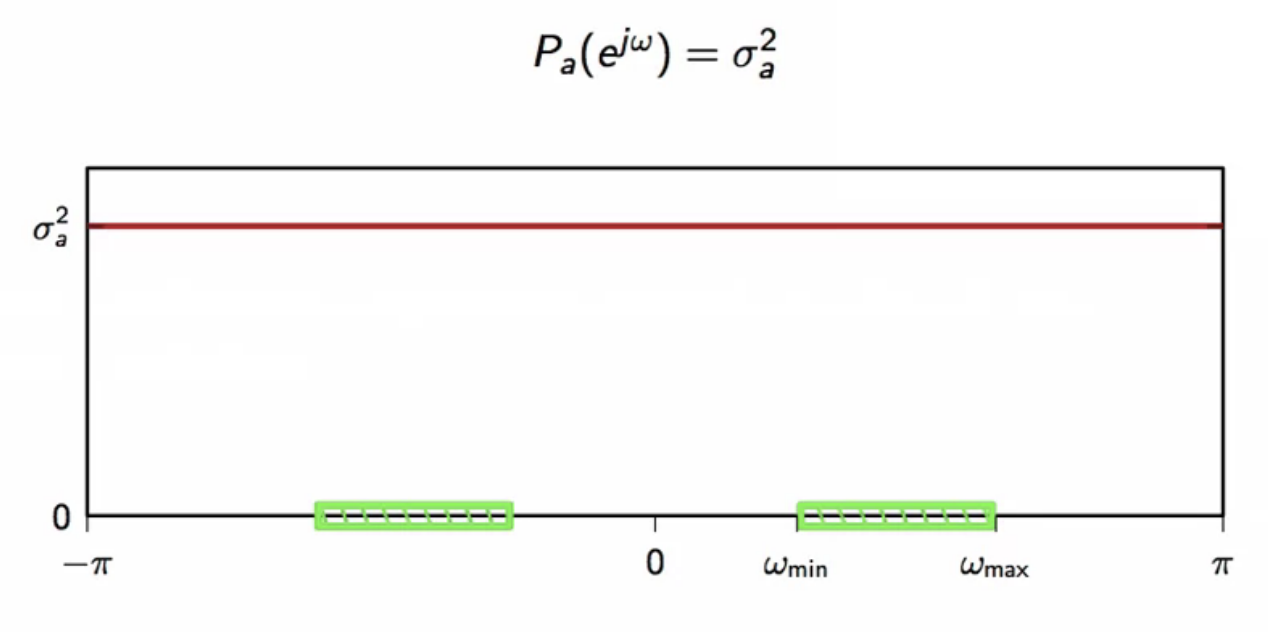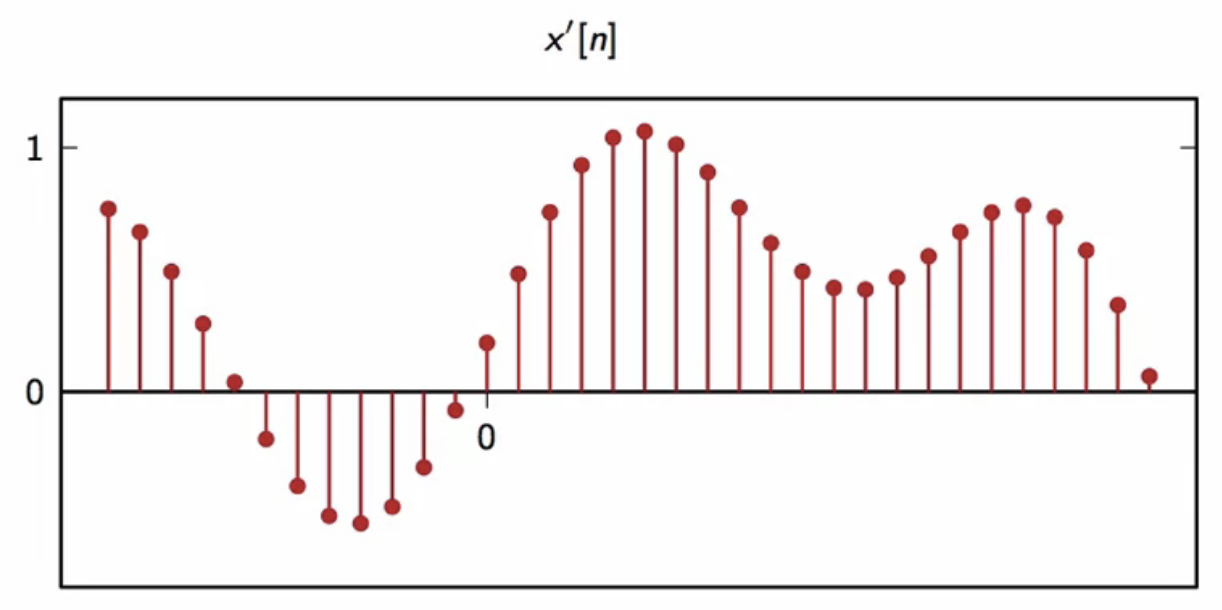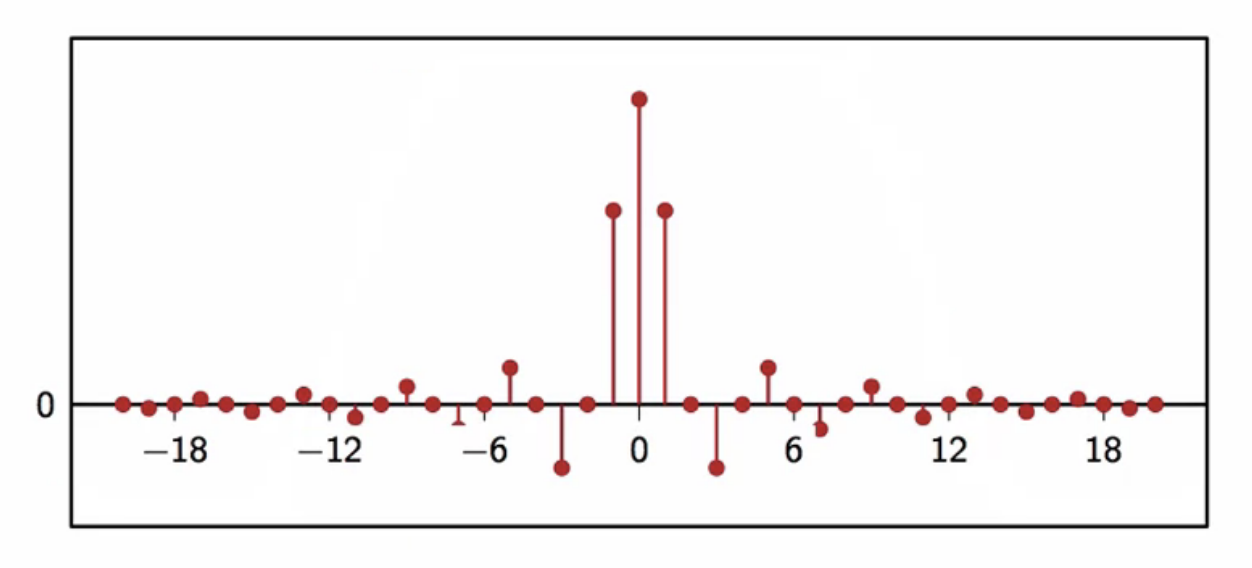[DSP] W08 - Digital Communication Systems
contents
- success factors
- analog channel constraints
- communication system design
- bandwidth control
- power control
- from source to destination, a signal goes through many incarnations
- it travels through a variety of analog communication channels
- wireless, copper wire, optical fibre, et
- each channel has a set of constraints the signal must adheres to
- signal can undergo various transformations, such as conversion from analog to digital and later back to analog or signal regeneration
digital data throughput through time
- Transatlantic Cable
- 1866: 8 words per minute
- 1956: AT&T, co-ax cable with 48 voice channels
- 2005: Alcatel Tera10, fiber
- 8.4 Tbps ( )
- 2012: fiber
- 60 Tbps
- 1866: 8 words per minute
- Voiceband modems
- 1950s: Bell 202
- 1200 bps
- 1990s: V90
- 56 Kbps
- 2008; ADSL2+
- 24 Mbps
- 1950s: Bell 202
success factors
distinctions of the DSP paradigm
- integers are easy to regenerate
- good phase control with digital filters
- adaptive algorithms can be seamlessly integrated into DSP systems
- procedures that adapt behavior in response to received signal
algorithmic nature of DSP synergizes with information theory
- JPEG’s entropy coding
- discrete cosine transform matched seamlessly to information theory techniques
- techniques from different domains combined produces powerful algorithms
- CD and DVD error corrections
- encoding acoustic info matched to error corrector codes
- even scratched cds and dvds play
- trellis-coded modulation and viterbi decoding
- analog channels are taken advantage of in communication systems with these techniques
hardware advancements
- miniaturization of signal processing hardware
- moore’s law
- general-purpose platforms available
- no need to make customized hardware for specific application
- modular assembly of off-the-shelf hardware provides custom solutions
- power efficiency
- many communications channels can be processed by relatively small data centers
analog channel constraints

fig: signal flow in a real world communication system
- channels used:
- air
- copper
- fiber
- coax
- copper
- the signal goes through changes to be able to travel through the channel chain
channel capacity
- unescapable limits of physical channels that affects the capacity of the channel
- bandwidth constraints
- signal will have to be limited to certain frequency band
- power constraint
- power over given bandwidth cannot be arbitrary
- there will be limits
- bandwidth constraints
- channel capacity is the the maximum amount of information that can be reliably delivered over a channel
- usually in bits per second
- the specifications of the channel is given to communication system engineers
- to reliably transmit information over the channel

fig: channel capacity representation
bandwidth and capacity
- consider a situation where information encoded as a sequence of digital samples
- is to be transmitted over a continuous-time channel
- the digital sequence is interpolated with an interval
- if is small:
- more information per unit time - information is dense in time
- trade-off is the bandwidth of signal will increase
- bandwidth is proportional to
power and capacity
- all channels introduce noise
- receiver has to guess what was transmitted
- consider integers between 1 and 10 are being transmitted
- and noise variance is 1
- this causes a lot of guessing errors
- the variance is in the range of the resolution of the numbers transmitted
- transmit only odd numbers
- less information i.e. lesser information
- but lesser errors
- snr is higher
channel capacity examples
AM radio channel
- input is filtered in a lowpass operation
- then a simple sinusoidal modulation is applied
- the modulated signal is sent to an antenna where it is pushed into the radio spectrum

fig: AM radio channel
- the AM spectrum:
- 530 kHz - 1.7 MHz: scarce resource
- each AM channel in the radio spectrum is 8kHz
- each radio station gets allocated a specific channel
- everybody has to share the radio bandwidth so the bands are regulated by law
- specifically, power in the bandwidth is regulated
- daytime/nighttime AM propagation behavior is very different
- AM travels much further nights
- too much AM power creates interference with other signals
- too much power poses health hazards
telephone channel
- called switched telephone network
- phone connected to telephone exchange (CO - central office)
- last mile cable
- usually a couple km long
- routing is done based on the number dialled by the incoming calls
- exchange in the past was mechanical with rotary switches
- now they are digital switches
- the network maybe wires, fibres, satellites links and such

fig: AM radio channel
- the channel itself is conventionally limited to 300Hz to 3000Hz
- power limited to 0.2-0.7 ms forced by law
- exact limit based on the hardware used
- to protect hardware
- SNR is high: around 30dB
- analog cables in the ground
- not a lot of interference
communication system design
- everything is kept digital until signal needs transmitting through a physical channel
- all-digital paradigm
- all signal operations are performed in the digital domain
- signal transmittance is done in physical channels
- signal has to be modified to adhere to channel capacity
- this is done at the transmitter
- the channel capacity challenge looks similar to filter design challenge

fig: channel capacity specs - similar to filter design specs
- the physical channel capacity is converted to digital specs
- the nyquist frequency i.e. the minimum sampling frequency is chosen based on the bandwidth

fig: selecting the sampling frequency, given channel capacity
- in the digital domain, maximum frequency is set to

fig: converting to digital domain
transmitter design
- a set of hypothesis is adhered to when designing transmission systems
common transmitter hypothesis
- map bitstream into a sequence of symbols
- using a mapper
- eg: mapping bits to decimal value
- model as a white random sequence
- assume bitstream is completely random
- incase of orderly sequence i.e. silence stretch in music
- scrambler operation on bitstream ensures randomness
- scrambling is a superficial processing tool
- is completely invertible at receiving end
- then convert sequence to a continuous-time signal
- output must be within channel constraints

fig: transmitter design scheme
bandwidth control
challenge #1: bandwidth constraint
- the scrambled bitsream is random and white
- its power spectrum density is simply its variance
- so has constant power over the entire frequency spectrum
- however the power has to fit only the frequency bandwidth of the specs of the analog channel

fig: distribution of power of scrambled sequence and spec bandwidth
- bandwidth constraint demands control over the support of the signal
- the full-frequency-band of the scrambled signal needs to be shrinked to the channel bandwidth
multirate techniques
- tools for bandwidth controls
- key idea of multirate technique:
- increase or decrease the number of samples in a discrete-time signal
- equivalent to going to continuous-time and re-sampling
- staying the digital world is cleaner
- so the process of conversion and back-conversion is mimicked digitally
upsampling via continuous-time
- in continuous-time, upsampling scheme looks like the following

fig: interpolation and higher rate sampling - upsampling through continuous-time domain
- for

fig: consider a sequence that needs upsampling

fig: interpolated sequence in continuous-time

fig: 3 times higher frequency sampling

fig: resulting upsampled frequency
- choice of interpolation interval is arbitrary
- for , the interpolated signal is
-
the upsampled signal is
- in the frequency domain, the process looks like the following

fig: spectrum of input signal (top); spectrum of interpolated signal (middle); spectrum of re-sampled i.e. upsampled signal (bottom)
- note how the upsampled signal takes up a smaller bandwidth than the signal it was upsampled from
upsampling in digital-time
-
keeping in mind the all-digital paradigm, it is desired to upsample within the digital domain
- here, the number of samples needs to be increased by K
- such that when is multiple of
- to be able to recover original signal
- for lack of better strategy, put zeros elsewhere
- insert zeros in between consecutive samples
- example: for

fig: sequence to be upsampled

fig: upsampled signal ()
- the fourier transform of the upsampled sequence is

fig: spectrum of signal to be upsampled (top); periodic spectrum of signal to be upsampled (middle); spectrum of upsampled signal (bottom)
recovery with downsampling
- the resulting upsampled signal has K copies in the full bandwidth spectrum
- in this case
- a lowpass filter has to be applied to extract only one copy in the center
- with a cutoff frequency
- recovery in time domain
- insert zeros after every sample
- ideal lowpass filtering with
- downsampling is used to recover the upsampled sequence on the received side
- the filter used for lowpass has to either be ideal or fulfill the interpolation property
- i.e. impulse response of filter should be the delta function
- downsampling of generic signals more complicated than upsampling
- aliasing has to be dealt with as some samples are begin discarded
fitting the transmitter spectrum
- the channel imposes a frequency constraint
- that signal frequency must only be between and
- this has to be translated to the digital domain

fig: selecting the sampling frequency, given channel capacity
- let
- difference on the bandwidth limits in the positive half of the frequency spectrum
- pick such that
-
- in the digital domain,
- may simply be upsampled by K
- the width obtained so will fit over the channel bandwidth
- upsampling does not change the data rate
- W symbols per seconds are produced and transmitted
- this is then upsampled by K which is equal to the sampling frequency
- W is the baud rate of the system
- is equal to the available positive bandwidth
- fundamental data rate of the system

fig: transmitter schematic after upsampling to fit channel bandwidth
- in the frequency spectrum this process looks as follows

fig: scrambled white random signal

fig: upsampled lowpass filtered signal

fig: modulated to fit carrier bandwidth
raised cosines
-
FIR filters will be used in lowpass filtering after upsampling
-
sinc lowpass filter is difficult to implement in practice
- the raised cosine filter is used instead

fig: raised cosine lowpass filter frequency response
- has a parameter to tune the gentleness of the transiton from passband to stopband

fig: gentler raised cosine filters - tunable parameter
- raised cosine filter is an ideal filter, but
- is easier to approximate than the sinc filter
- also satisfies the interpolation property of filters
- even short approximations can provide a good response because of the nature of its impulse response

fig: impulse response of raised cosine filter
power control
- transmission reliability
- transmitter sends a sequence of symbols
- receiver obtains a sequence
- this is only an estimate of the transmitted signal
- noise has leaked into the symbol
- even if channel doesn’t distort signal, noise cannot be avoided
- when noise is large
- encoding schemes
- PAM: pulse amplitude modulation
- QAM: quadrature amplitude modulation
probability of error
- depends on
- power of the noise w.r.t power of signal
- decoding strategy
- the transmission symbols alphabet
- increasing throughput does not necessarily increase the error
transmission symbols alphabet
- a randomized bitstream is coming in
- some upsampled and interpolated samples need to be sent over the channel
- how are samples obtained from bitstream?
mapper
- splits incoming bitstream into chunks
- assign a symbol from a finite alphabet to each chunk
slicers
- receives a value
- decide which symbol from is closest to
- piece back together the corresponding bitstream
two-level signalling
- given:
- : amplitude of signal
- : standard deviation of noise
- probability of error
- probability of error decays exponentially with the signal-to-noise-ratio
- this exponential decay trend is the norm in communication systems
- while the absolute error might change depending on the constants

fig: two-level signalling probability error function
takeaways
- increase signal gain G (amplitude) to reduce probability of error
- increasing G increase the power
- keep in mind power cannot exceed channel constraint
pulse amplitude modulation (PAM)
- mapper
- split incoming bitstream into chunks of bits
- chunks define a sequence of integers
-
- odd integers around zero
- G: gain factor
- slicer
error analysis
- result very similar to two-level signal error analysis
- bi-level signalling is PAM with M = 1
example: M = 2, G = 1
- distance between points is 2G
- points are indicated by the diamond markers
- using odd integers creates a zero-mean sequence

fig: pulse amplitude modulator; M = 2; G = 1
quadrature amplitude modulation (QAM)
- mapper:
- split incoming bitstream into chunks of bits
- : even
- use bits to define a PAM sequence
- use the remaining bits to define an independent PAM sequence
- so the resulting
- split incoming bitstream into chunks of bits
- slicer:
example: M = 2, G = 1

fig: quadrature amplitude modulator; M = 2; G = 1
example: M = 4, G = 1

fig: quadrature amplitude modulator; M = 4; G = 1
example: M = 8, G = 1

fig: quadrature amplitude modulator; M = 8; G = 1
probability of error
- the slicer adds the square area centered around the symbol

fig: quadrature amplitude modulator - error analysis
- each received symbol is the sum of the original sample and an error
- the error term is assumed to be
- a complex value
- with gaussian distribution of equal variance
- in both real and complex components
-
the probability of error is given by
- so now the slicer area is converted to a circle from being a square

fig: quadrature amplitude modulator - error analysis
- if noise variance is assumed to be
- in both real and imaginary component
-
probability of error is approximated by
- to obtain probability of error as a function of SNR:
- compute power of signal
-
assume all symbols equiprobable and independent, variance of signal is
- plugging this back into the equation of error probability

fig: plotting error probability on a log-log scale
- probability of error increases with number of points, because the area associated with each point becomes smaller
- the decision at the receiving end in classifying a received sample to a symbol become harder
- because it could belong to more other symbols than when the number of symbols is less
QAM design procedure
- pick a probability of error that is acceptable (i.e. )
- find out the SNR imposed by the channel’s power constraint
- find using
- size of symbol constellation
- might need rounding
- to even number
- final throughput (data rate) will be
- M: size of symbol constellation
- W: baud rate
regroup-1
- bandwidth constraint fit discussed
- given power constraint, the bits/symbol can be calculated
- we know the theoretical throughput of the transmitter
- how to transmit complex symbols over a real channel?